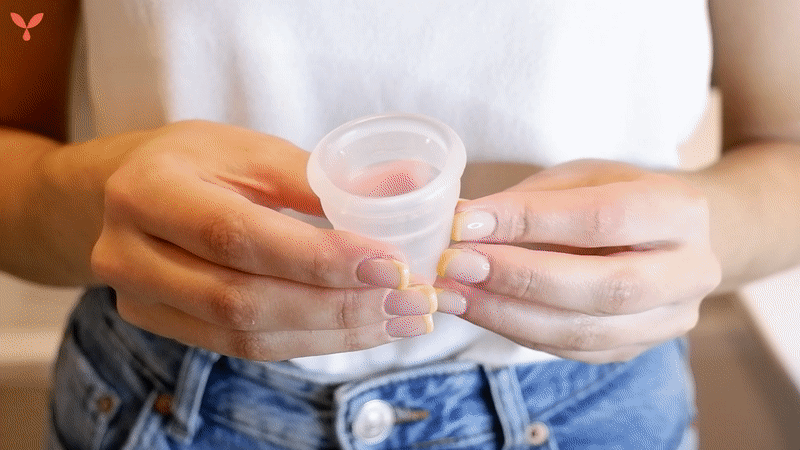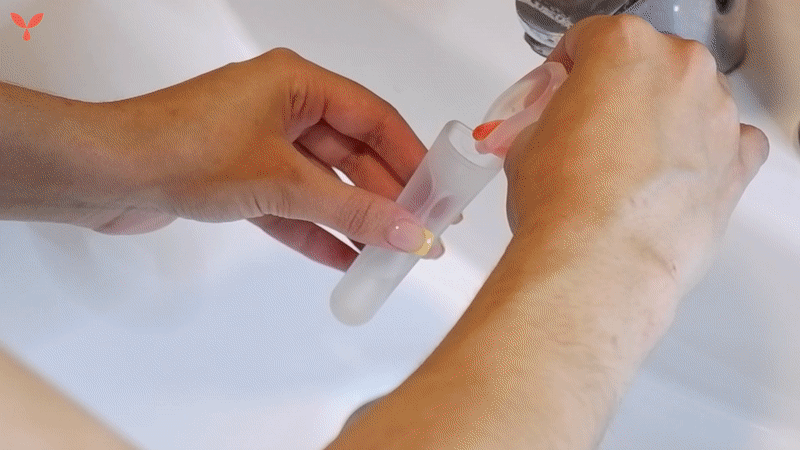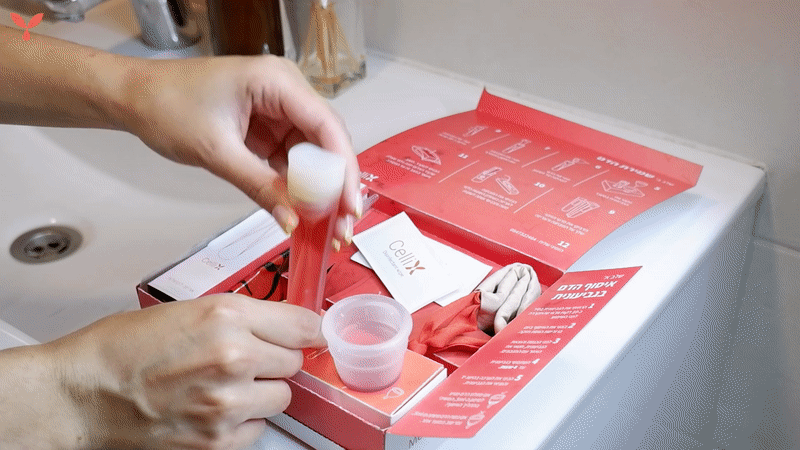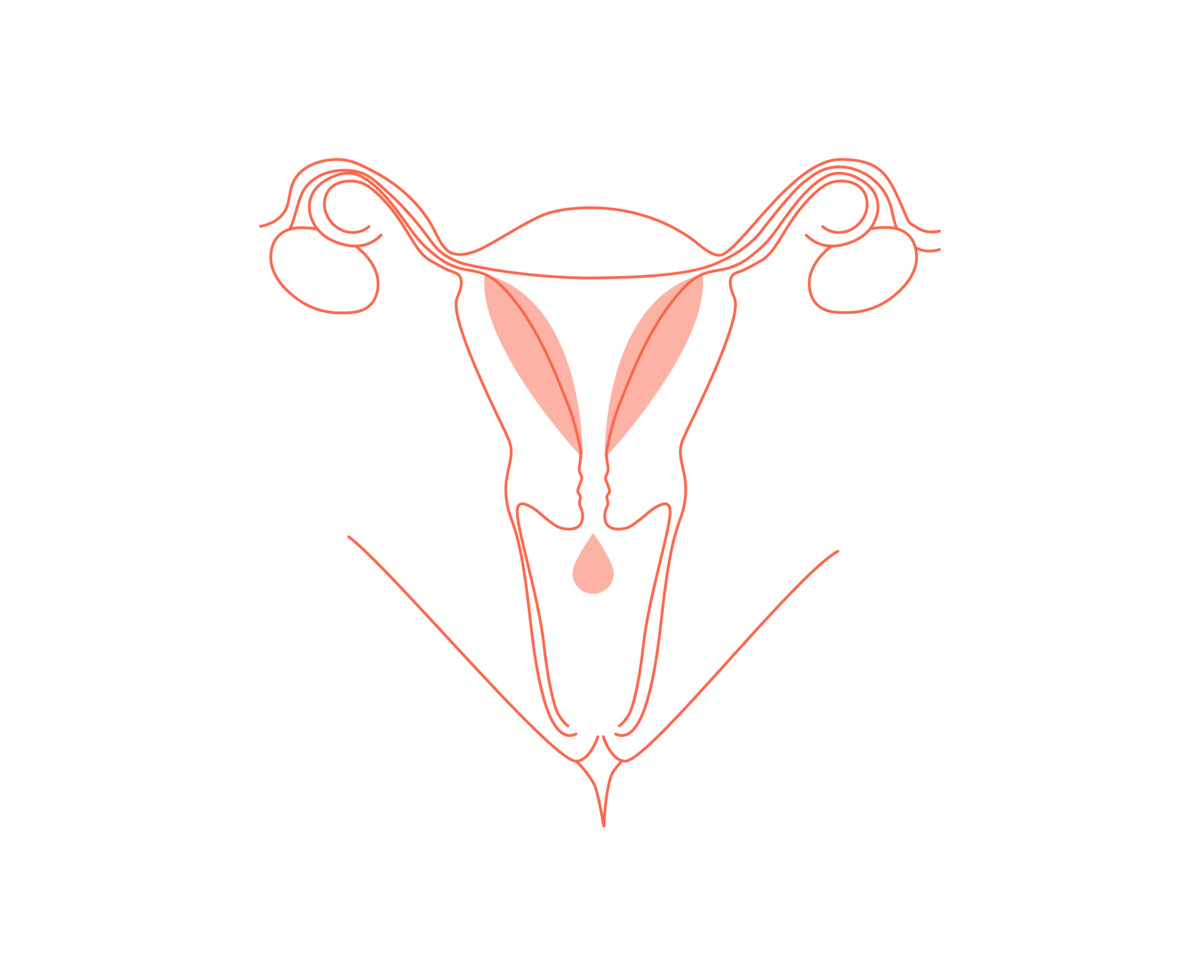
Cellix
A Kit for Collecting Menstrual Blood as a Source of Mesenchymal Stem Cells
Duration: 8 months
Type of project: Final Project \ solo project
Background and Research
Currently, stem cells are used to treat 80 life-threatening diseases.
Due to their enormous potential, additional treatments are being studied to see if these cells can help resolve diseases and provide medications for conditions that have no proper treatment.
Today we have several sources of mesenchymal stem cells in use, including bone marrow, adipose tissue, amniotic fluid, placenta, and others.
These sources are either disposable or require an invasive and expensive medical procedure. These difficulties have led medical researchers to search for additional, available, and renewing sources of stem cells.


In 2007, it was discovered that menstrual blood is rich in mesenchymal stem cells.
Since then, many uses have been tried in pre-clinical trials.
Many studies have demonstrated the treatment, prevention, and monitoring options inherent to this source. Among others, studies have addressed diseases such as type I diabetes, Alzheimer's, liver diseases, muscle degeneration, strokes, heart attacks, and more.


Cellix is a home kit for collecting menstrual fluid, which makes the donation platform and its transfer to the laboratory accessible, and provides an additional source of stem cells.
The kit design addresses all stages of the process, from the initial collection by users at home to the separation of cells in the laboratory. The kit includes a menstrual cup, a test tube, and packaging to send the test tube to the laboratory.
The Idea
The collection process
Collection of menstrual fluid
The blood collection process lasts approximately 3 hours and is performed using a menstrual cup, a commonly used reusable hygiene device. The cup is inserted into the vagina and collects menstrual fluid in its liquid form.


Transferring the menstrual fluid to a test tube
the donor transfers the blood into a special test tube, which contains various substances necessary to prevent contamination of the menstrual fluid and keep the stem cells alive.
1.
Open the lining of the test tube containing PBS liquid
2.
Add 5 ml of menstrual fluid to the test tube.
3.
Close the test tube
with a lid containing
antibiotics and antifungals.
4.
Shake the
test tube to mix
the substances.


Packing the test tube
and storing in the refrigerator
The packaged test tube is inserted into the refrigerator with the red side of the package facing up.
4C°
Delivery
Order a courier to deliver the test tube to the laboratory
A new protocol for harvesting stem cells
While the common protocol for separating stem cells from blood fluid is to use a centrifuge, this project offers a new separation protocol that derives from the use scenario.

During the time that the test tube is refrigerated, the stem cells sink and adhere to the polystyrene stick, due to its property of sticking to polystyrene. They can be easily removed from the stick by washing it with trypsin enzyme in the laboratory.
Branding the Project
The origin of stem cells in menstrual fluid is the lining of the uterus which builds up and sheds during the menstrual cycle.
The logo
is based on the structure of the uterus combined with a drop of blood. The design of the test tube is derived from the shape of the logo and technical elements related to the collection process.
The name
Cellix is a combination of the word Cell with the word Matrix (Uterus). The X symbolizes the X chromosome, which is the female sex chromosome.
Medical Activism
In addition to the medical aspect, this project is a course in medical activism and plays an important role in promoting important social values:
-
Unapologetic femininity.
-
One more step to break the menstrual taboo.
-
An opening for a substantial social discussion.


opportunity to
once-in-a-month
You have a
change lives.
Credit: Getty Images/Easy Production